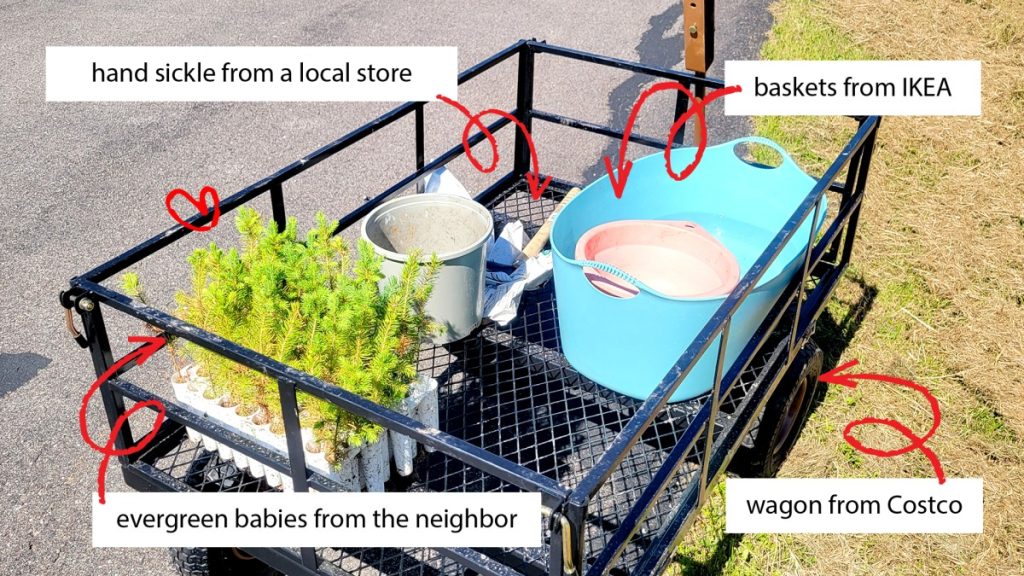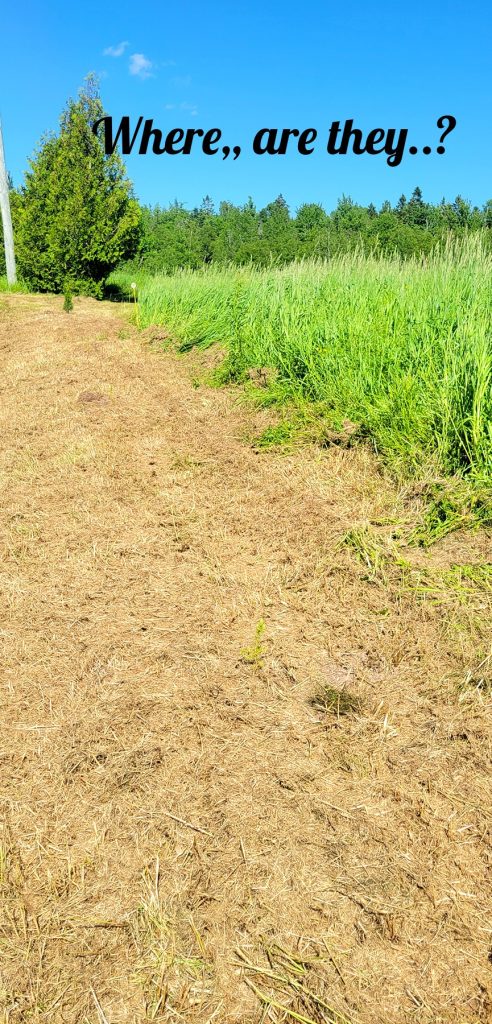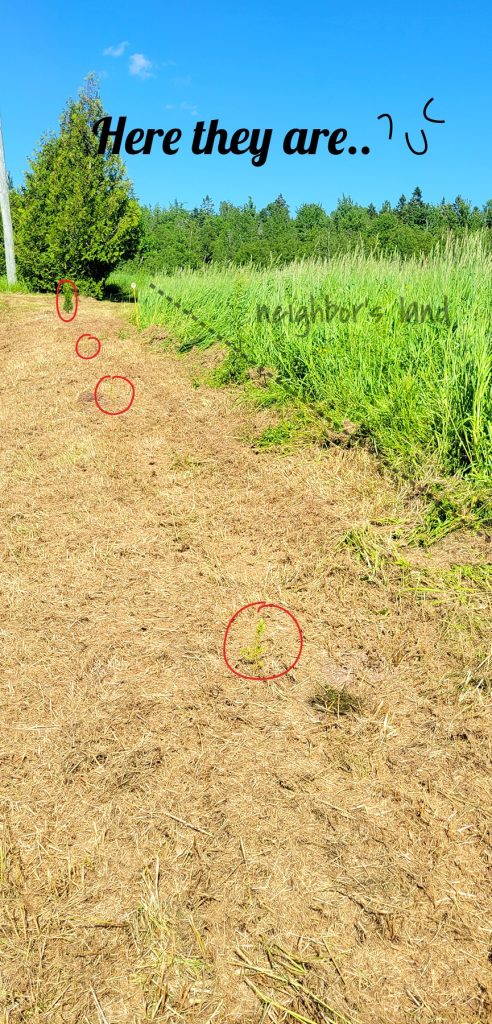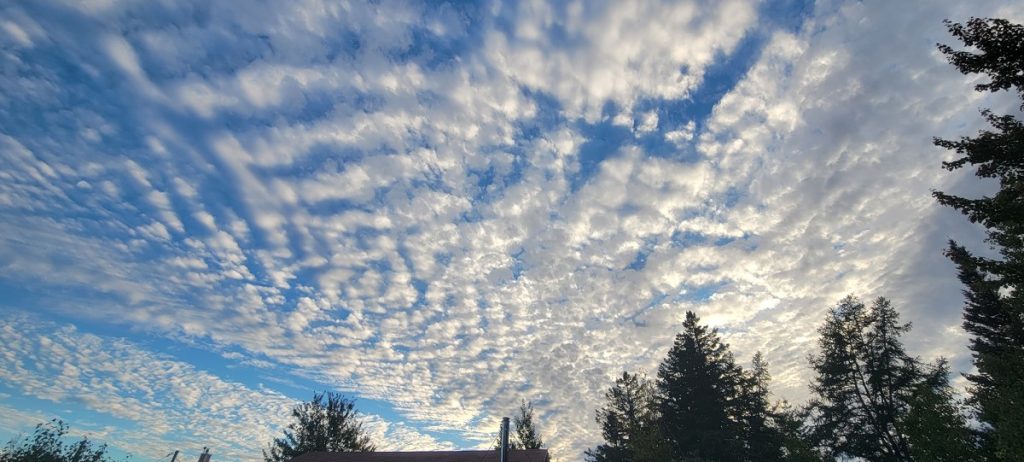A couple of months after moving to this rural area, we stumbled upon a pleasant surprise—a bundle of baby evergreen trees left near the garbage pickup spot at the entrance to our property. We were both surprised and puzzled. Who had left such a thoughtful gift? As we playfully guessed at the kind-hearted culprit, we decided not to let the mystery stop us from making use of them.
We had already been dreaming of lining our side road with evergreens, especially since a few mature ones were already growing there. These baby trees were just what we needed to help fill in the gaps. With excitement (and a bit of muddy digging), we began planting them one by one, hoping that in time, they’d grow into a beautiful natural fence separating the dusty road from our yard.

🪴 Step-by-Step Instructions:
1. Choose the Right Location
-
Pick a sunny spot with well-drained soil.
-
Make sure there’s enough space for the tree’s mature size—most evergreens don’t like being crowded.
-
Avoid areas too close to buildings, fences, or power lines.
2. Check Soil Quality
-
Evergreen trees prefer slightly acidic, well-drained soil.
-
If the soil is heavy clay or too sandy, mix in some compost to improve texture and drainage.
3. Dig the Hole
-
Dig a hole that’s twice as wide and just as deep as the tree’s root ball.
-
Loosen the soil around the edges to help roots expand.
4. Place the Tree
-
Gently remove the baby tree from its pot or wrap.
-
Place it in the center of the hole with the top of the root ball level with the ground.
-
Make sure it’s standing straight.
5. Backfill and Firm the Soil
-
Fill in the hole with a mix of the original soil and compost.
-
Lightly press the soil down to eliminate air pockets, but don’t compact it too hard.
6. Water Thoroughly
-
Give the tree a deep, slow watering right after planting.
-
Keep the soil moist (not soaked) for the first few weeks as roots establish.
7. Mulch Around the Base
-
Spread 2–3 inches of mulch around the tree, leaving a small gap around the trunk to prevent rot.
-
Mulch helps retain moisture and protect roots from temperature extremes.
8. Optional: Stake If Needed
-
If your yard is windy, lightly stake the tree to keep it upright while roots anchor.
-
Remove stakes after 6–12 months.
🌤 Aftercare Tips:
-
Water regularly during the first year, especially in hot or dry weather.
-
Avoid overwatering—check that the soil isn’t soggy.
-
Watch for signs of pests or disease.
-
Don’t fertilize right away; wait until the second growing season unless the tree shows poor growth.
It took us about three hours to dig the holes, space the trees properly, and give each one a good soak of water. By the time we were done, our hands were covered in dirt, we were sweaty and tired—but seeing the neat row of baby evergreens standing proudly in place made it all worth it. After a bit of Googling, we discovered that these trees can eventually grow anywhere from 20 to 60 feet tall, with an average growth rate of 3 to 5 feet per year. It’s exciting to think that one day they’ll create a tall, green wall swaying gently in the breeze, all starting from this little moment of effort.



Now, we wait and watch as these little trees grow into a living fence, marking another chapter of our quiet rural life.



